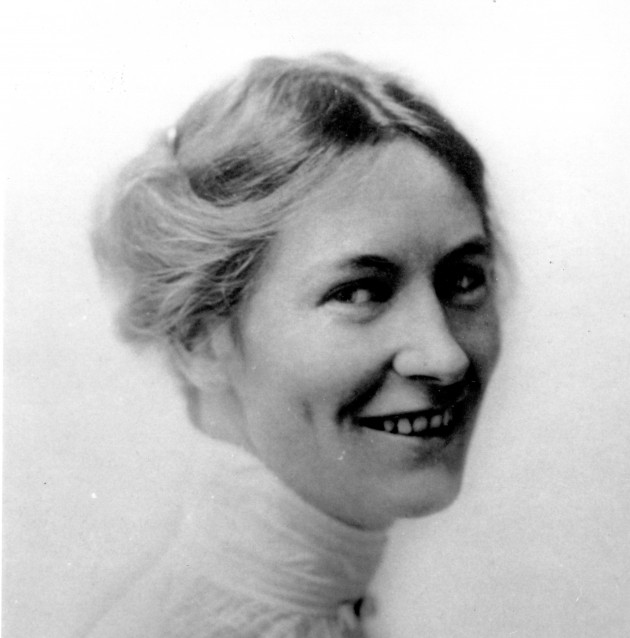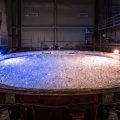The Smithsonian’s National Air and Space Museum announced that it will receive a $6 million donation from the Thomas W. Haas Foundation to establish an endowment for its Public Observatory Program. It is the largest donation ever given to the museum for science education programming.

At the Smithsonian’s National Air and Space Museum’s Phoebe Waterman Haas Public Observatory in Washington, D.C., visitors can look through the 16-inch telescope to discover craters on the Moon, spots on the Sun (using safe solar filters), and other wonders of the Universe.
The gift is in memory of Phoebe Waterman Haas, the grandmother of the foundation’s president, Thomas W. Haas. Phoebe Haas, who received her doctorate in astronomy from the University of California, Berkeley, in 1913, was among the first American women to earn such a degree. She is believed to be the first woman astronomer to conduct her own telescopic research and not rely on the observations of others. She studied at the historic Lick Observatory near San Jose, Calif.
To recognize the gift, the museum has renamed the observatory the Phoebe Waterman Haas Public Observatory.
“It is a great privilege to make this gift in honor of my Oma, Phoebe Waterman Haas, and her passion for science and astronomy,” said Thomas Haas, president of the Thomas W. Haas Foundation. “This donation represents the cornerstone of our foundation’s focus on science education, and it is my hope that it will inspire a new generation of Phoebe Waterman Haas’ to set their eyes skyward and explore the endless possibilities.”

Phoebe Waterman Haas (pictured), the grandmother of the foundation’s president, Thomas W. Haas. Phoebe Haas, who received her doctorate in astronomy from the University of California, Berkeley, in 1913, was among the first American women to earn such a degree. She is believed to be the first woman astronomer to conduct her own telescopic research and not rely on the observations of others. She studied at the historic Lick Observatory near San Jose, Calif.
The observatory, which opened on a temporary basis in 2009 for the International Year of Astronomy with seed funding from the National Science Foundation, houses a 16-inch, 3,000-pound Boller and Chivens telescope on loan from the Harvard College Observatory, part of the Harvard-Smithsonian Astrophysical Observatory. The facility is located on the east terrace of the museum’s flagship building in Washington, D.C., near the Independence Avenue entrance.
A portion of the gift will be used to improve and upgrade the structure itself. Most of the gift will be used to create an endowment to support three full-time astronomy educators who will assist visitors with guided observations. The endowment also supports a new education program, “Our Nearest Star,” that will include events for school groups presented in conjunction with the museum’s Albert Einstein Planetarium, educational materials and lesson plans for classroom use, training in astronomy education for teachers and bus transportation to the museum.
“At the Phoebe Waterman Haas Public Observatory we will introduce people to professional telescope viewing, a new experience for many,” said Gen. J.R. “Jack” Dailey, director of the museum. “We are grateful to the Haas Foundation for making this opportunity possible—viewing the sun, moon, stars and planets can be a transformative experience and will make a lasting impact, especially on young people.”





